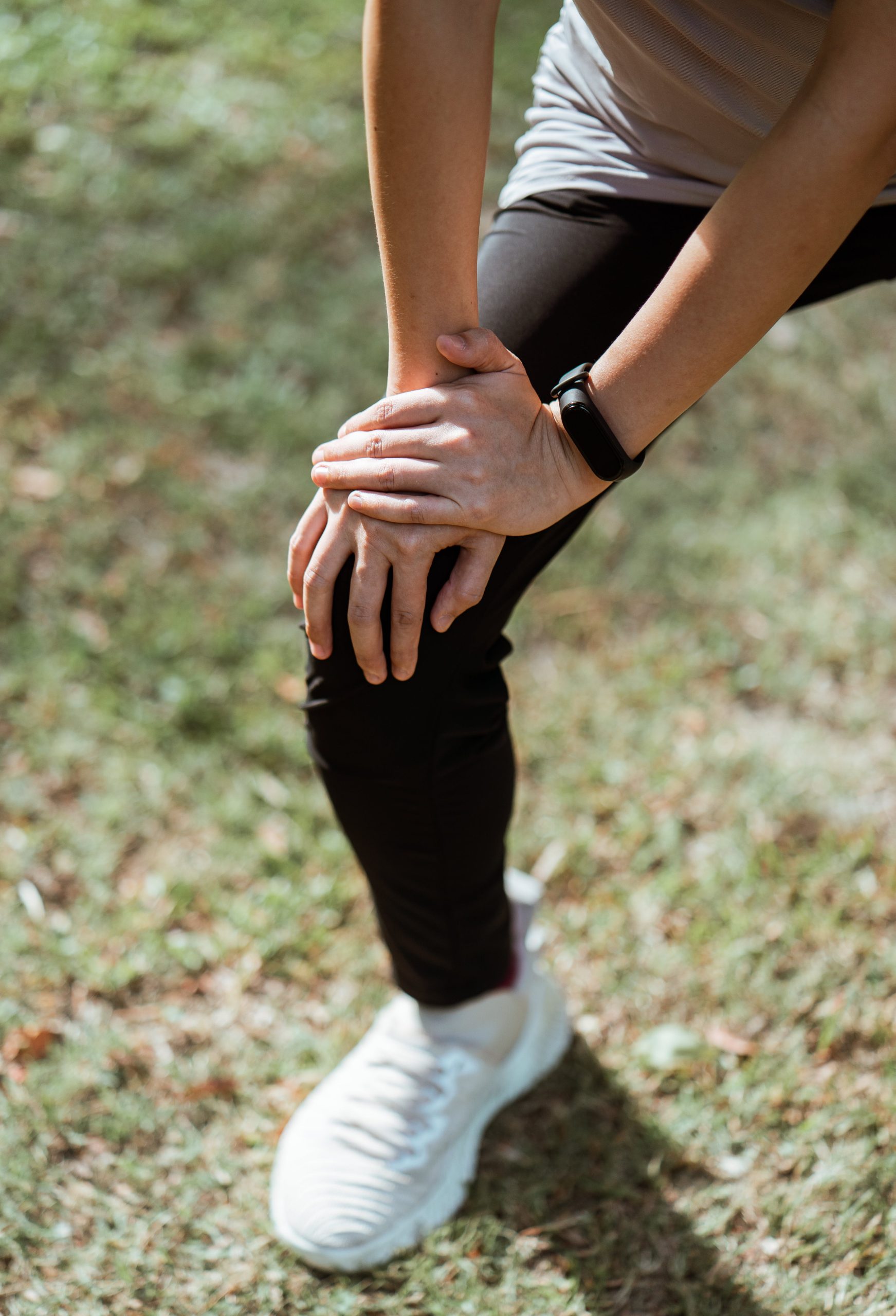Massage therapist and personal trainer Liz Witham has some great advice on how to prepare for longer runs as we move from winter to spring.
Christmas is long behind us, and plans of healthy New Yea’s resolutions have followed. For some comes enthusiastic ideas of a fitness challenge to turn over a new leaf and shed those unwanted pounds. Often this coincides with springtime plans of 5km, 10km runs; half or full marathons. Imaginations run wild with ideas of springing around the run with a natural and easy stride, toned and beautifully sculpted legs, and a bonus six pack to go with it! Embellished with new trainers, reflective running gear and a smug smile, you start to pound the streets……
Fast forward 8 weeks of training in the dark and cold that would test anybody’s commitment: cranky moods from lack of correct nutrition; the feeling of deprivation of a dry January and a ‘diet’ plan plunging you in to a deficit; squeezing in long runs around your 8-10 hours a day at work, this budding Olympic athlete has now started suffering with soreness, niggles, strains or pain, that not even the few seconds of apathetic stretching will keep at bay.
This description can be so typical of a novice recreational runner and is so frustrating for them and for health and fitness professionals when we see this. This ill-prepared approach causes more injuries than sofa surfing, and just dampens the enthusiastic start to what could have been a great relationship with running or health and fitness.
How can I avoid the above scenario?
Correct preparation is key! Not only a gradual increase to your mileage (to increase your body’s tolerance over a sensible period of time) but correct strength, nutrition and recovery alongside your mileage is paramount to stay in love with this new journey.
So how can you help yourself?
Mileage: There are loads of plans out there to follow and guide you that build you up slowly. But as a general guide, it is recommended to increase your mileage each week by the 10-15% rule. This enables your body to adapt its physiological and biomechanical levels which makes your body more efficient at running. If you increase too quickly, you become vulnerable to overuse injuries as the bones, tendons and ligaments really won’t be conditioned to cope.
With 2.5-3 times your body weight of ground reaction force going through your body, it needs a bit of encouragement to get the gist of the task ahead! It’s so important to break down training into weekly goals, and not forgetting your ‘de-load’ weeks!
Recovery is usually over-looked and ‘de-load’ or ‘down’ weeks are so important for your body to build muscle memory repair to be able to go again without too much protest. 3 weeks on 1 week down is a good cycle for running preparation. A ‘down’ week may mean easier runs and reduced mileage to what you have built up to so far. So still running, but at a lower mileage.
Get flushing that lactic acid out of your muscles! With increased efforts, a by-product of exercise is lactic acid. If you aren’t regularly stretching and flushing this can cause build ups and immobility in the muscles. I’m not talking extreme ice baths here, but as well as a good mobility and stretch routine, schedule some sports or deep tissue massage in there to assist with flushing of your lactic acid and other metabolic waste products that have ramped up with your training. You can book your massage here: https://www.lucksyardclinic.com/services-and-treatments/massage/
Get a good amount of sleep each night! Without a good rest, your body cannot repair itself.
Do some strength training to help your body’s natural ‘scaffolding’ hold you up correctly and in good alignment without tiring too easily. When we become fatigued, our muscles struggle and that’s when our gait becomes affected. We then muddle through and all sorts of adjustments happen within the body to get us through. This is not sustainable and referred pain and injuries will be inevitable. As a qualified PT, Liz can help with a programme for this: https://www.lucksyardclinic.com/meet-the-team/liz-witham/
Eat and hydrate well. Our Nutritional Therapist has written a guide to fuelling your body for longer exercise periods: https://www.lucksyardclinic.com/how-do-you-successfully-fuel-for-a-long-run-or-cycle/
If you have these good ingredients they will make an enormous difference to get through that first scheduled race reasonably unscathed.
Check out our FREE Lucksyardclinic app which demonstrates lots of exercise and stretches for hips and legs.
You can book an appointment with Liz via Reception or on our online booking system: https://www.lucksyardclinic.com/lucks-yard-online-appointment-booking/




